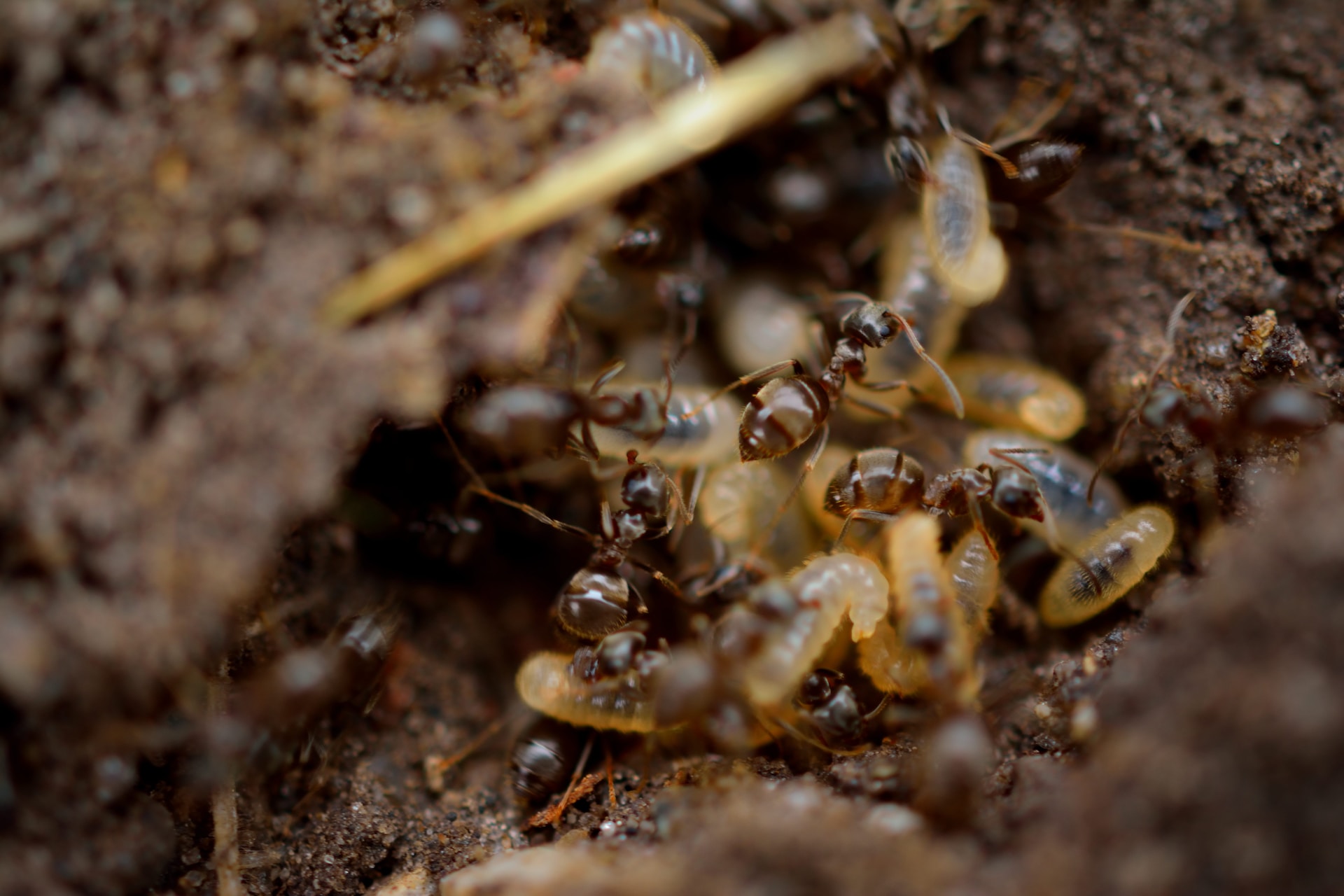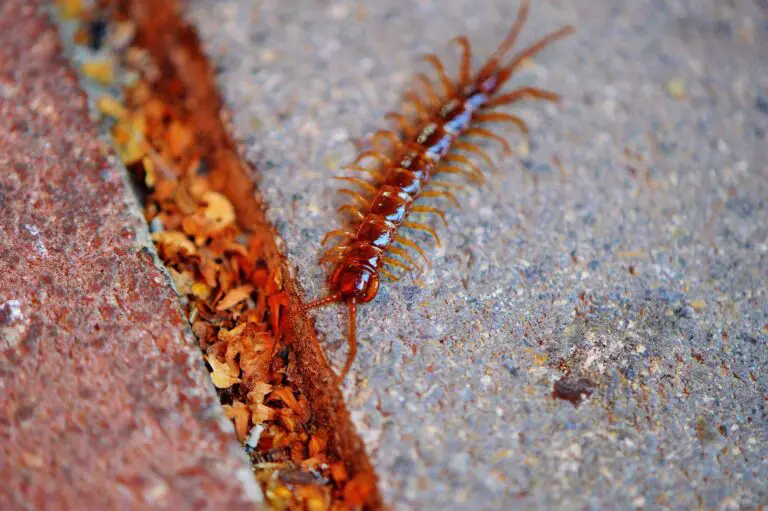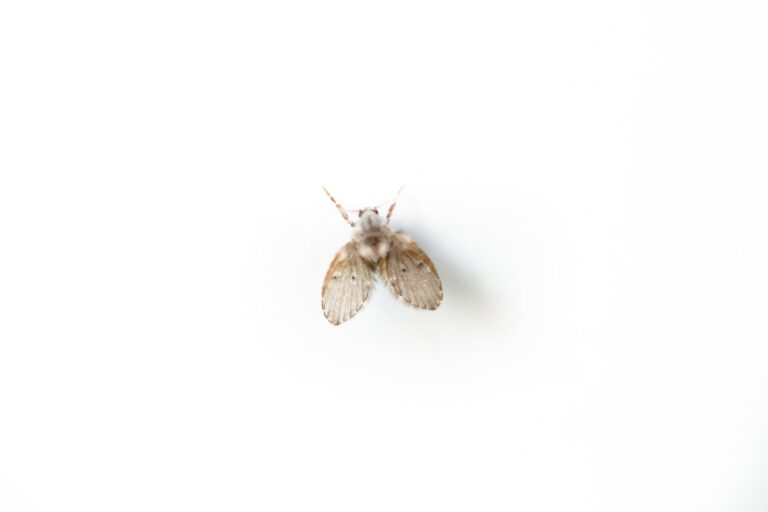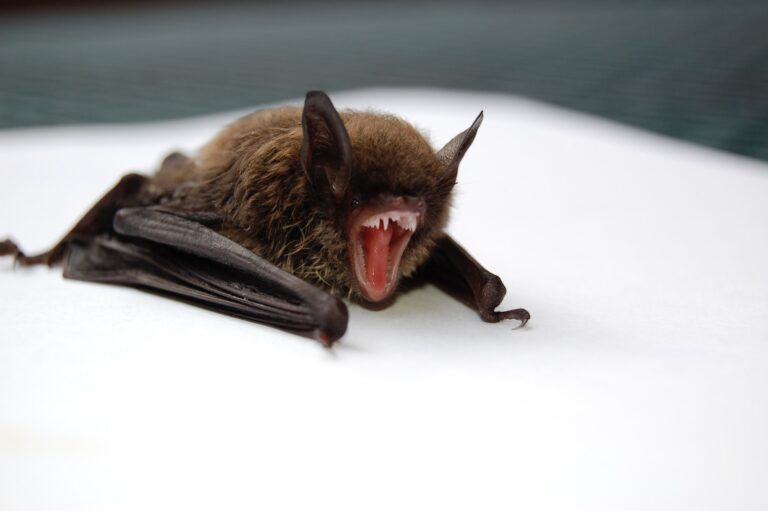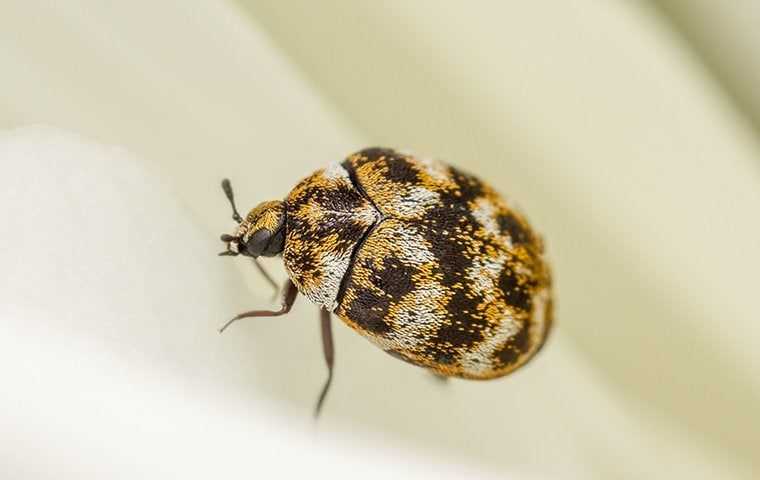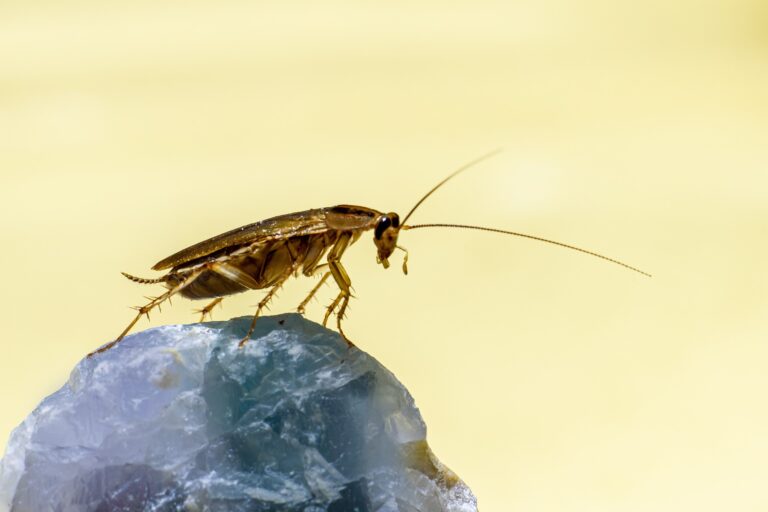Flying Ants vs Termites: Key Differences and How to Tell Them Apart
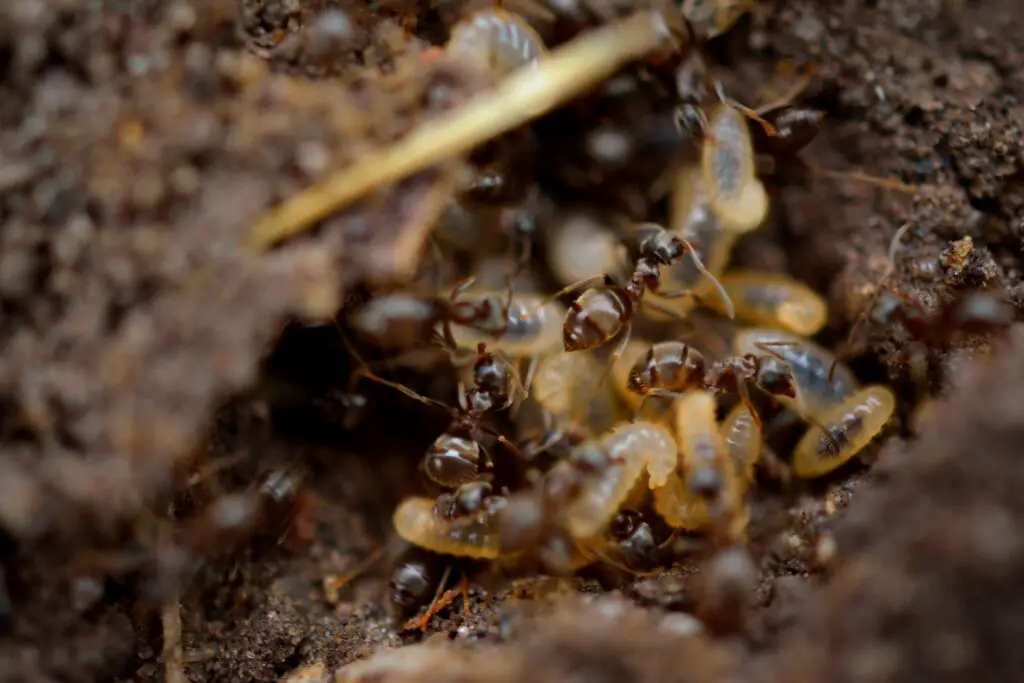
Flying ants and termites are two common insects that can be found in many parts of the world. While they may look similar, there are some key differences between the two. In this article, we will explore the differences between flying ants and termites, including their physical characteristics, behavior, and habitat.
One of the most noticeable differences between flying ants and termites is their appearance. Flying ants have a narrow waist and elbowed antennae, while termites have a broad waist and straight antennae. Additionally, flying ants have two pairs of wings that are different in size, while termites have two pairs of wings that are the same size. These physical differences can help distinguish between the two insects.
Another difference between flying ants and termites is their behavior. Flying ants are active during the day and are often seen crawling on the ground or flying in the air. They are attracted to light and can often be found near windows or outdoor lights. Termites, on the other hand, are more active at night and are rarely seen outside of their nests. They feed on wood and other cellulose materials and can cause significant damage to homes and other structures if left unchecked.
Identifying Flying Ants and Termites
Physical Characteristics
Flying ants and termites have a few physical characteristics that distinguish them from each other. Ants have a narrow waist, elbowed antennae, and forewings that are larger than their hind wings. In contrast, termites have a broad waist, straight antennae, and wings that are the same size and shape.
Another notable physical feature of termites is their white or cream-colored bodies, while ants have darker bodies that range from brown to black. Additionally, termites have straight mandibles, while ants have curved mandibles.
Behavioral Traits
The behavior of flying ants and termites also differs. Ants are social insects that live in colonies and work together to gather food, care for their young, and defend their territory. Termites, on the other hand, are also social insects, but they live in large underground nests and feed on wood and other plant material.
Termites are known for their destructive behavior, as they can cause significant damage to wooden structures and furniture. In contrast, flying ants are not considered to be a significant threat to property.
Habitat and Nesting Preferences
Flying ants and termites also have different habitat and nesting preferences. Ants can be found in a wide range of environments, including forests, grasslands, and urban areas. They typically build their nests in soil, wood, or other materials and can be found in both indoor and outdoor settings.
Termites, on the other hand, are typically found in warm, humid environments and build their nests in soil or wood. They are commonly found in tropical and subtropical regions and are less common in colder climates.
Overall, while flying ants and termites may look similar at first glance, their physical characteristics, behavior, and habitat preferences are distinct and can help identify which insect is which.
Implications and Management
Environmental Impact
Both flying ants and termites can have significant environmental impacts. They can cause damage to wooden structures and trees, and their burrowing activities can affect soil structure and stability. In addition, flying ants can be a nuisance to humans, particularly during their mating swarms.
However, both species also play important roles in the ecosystem. Termites, for example, are important decomposers, breaking down dead plant material and recycling nutrients. Flying ants, meanwhile, can provide food for birds and other predators.
Control and Prevention Methods
Controlling and preventing infestations of flying ants and termites requires a combination of measures. These may include physical barriers, such as mesh screens or sealants, to prevent entry into buildings. Chemical treatments, such as insecticides, can also be effective, although care must be taken to use these safely and responsibly.
Preventative measures can also be taken, such as removing sources of moisture and food that may attract these pests. Regular inspections of buildings and trees can help to identify and address infestations before they become established.
Overall, effective management of flying ants and termites requires a comprehensive and integrated approach that takes into account the environmental impacts of these species, as well as the potential risks to human health and property.
Frequently Asked Questions (FAQs)
Q: How can you distinguish between flying ants and termites?
A: Distinguishing between flying ants and termites can be challenging, as they share similar physical features. However, there are some key differences to look for. Termites have straight antennae, a broad waist, and two pairs of wings that are equal in size. In contrast, flying ants have bent antennae, a narrow waist, and two pairs of wings that are unequal in size.
Q: What are the size differences between flying ants and termites?
A: Flying ants are generally larger than termites. Ants can range from 1/8 to 1 inch in length, while termites are usually between 1/4 to 1/2 inch long.
Are there any specific behaviors that differentiate flying ants from termites?
One of the most significant differences between flying ants and termites is their behavior. Flying ants are attracted to light and are often seen flying around porch lights or windows. In contrast, termites are not attracted to light and are not usually seen flying around. Additionally, termites are known to cause more damage to wooden structures than flying ants.
Q: What are the potential damages caused by flying ants compared to termites?
A: While both flying ants and termites can cause damage to wooden structures, termites are generally considered to be more destructive. Termites can cause significant structural damage to homes and buildings, while flying ants are more likely to be a nuisance than a threat.
Q: What methods are effective in eliminating flying ants or termites from your home?
A: There are several methods for eliminating flying ants or termites from your home. For flying ants, sealing up entry points and removing food sources can help deter them from entering your home. For termites, professional pest control services may be necessary to effectively eliminate them from your home.
Q: Why might there be a sudden appearance of flying ants in the home?
A: A sudden appearance of flying ants in the home may be due to a colony nearby that has reached maturity and is ready to swarm. Swarming is a natural part of the reproductive cycle for ants and typically occurs in the spring or summer months.
Conclusion
Distinguishing between flying ants and termites is crucial for effective pest control. Not all swarming insects are a cause for concern, but identifying a termite infestation early can prevent significant damage to your property. Termites, known for their ability to eat wood, pose a greater threat to structures than carpenter ants. However, both insects can be mistaken for each other due to their similar appearance as winged insects.
It’s essential to recognize the subtle differences: termite swarmers have equal-sized wings and a straight waist, contrasting the uneven wings and pinched waist of winged ants. Additionally, termite inspections are vital in distinguishing between these pests, as termite workers are often hidden from view, unlike the more visible worker ants. Another key identifier is the ant antennae; winged ants have elbowed antennae, whereas termites have straight ones. This difference, along with other physical attributes, aids in accurately identifying the insect type.
Remember, while flying insects like these can be alarming, not all indicate a severe problem. Worker ants live in well-structured colonies, much like termite workers, but their impact on your home varies significantly. Understanding these differences is not only essential for homeowners but also for those involved in pest management. By learning to tell these insects apart, you can take the right steps towards protecting your home from unwanted guests.

